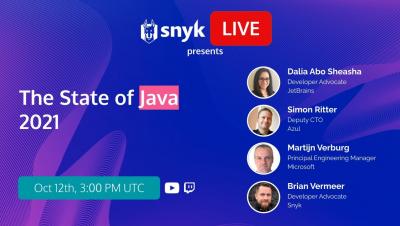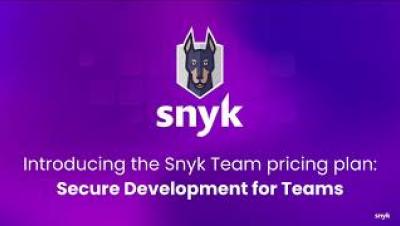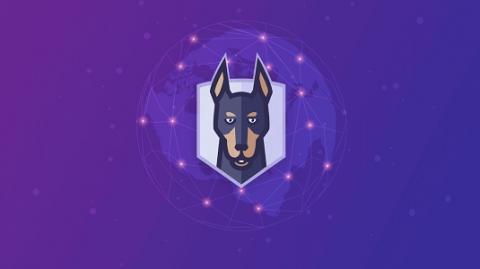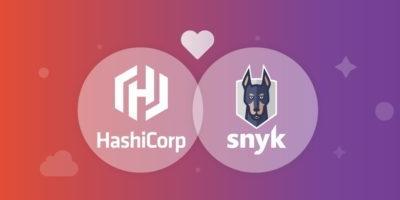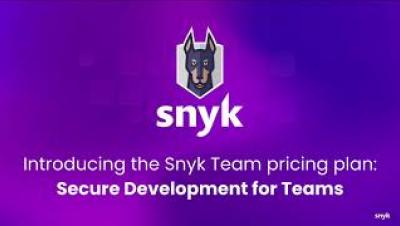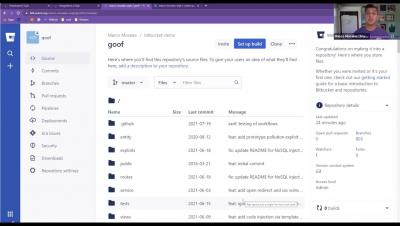Security | Threat Detection | Cyberattacks | DevSecOps | Compliance
Snyk
Embracing Developer-First Practices for the Cloud Era with Snyk Founder and President Guy Podjarny
The State of Java 2021
An Introduction to the Snyk Team pricing plan
SnykCon 2021 Gathers Thousands of Developers to Advance the Global DevSecOps Movement
Introducing Snyk developer-first security into the Terraform Cloud workflow
With the rise in popularity of technologies such as HashiCorp Terraform, Docker, and Kubernetes, developers are writing and maintaining more and more configurations in addition to building the application itself. The growing use of infrastructure as code presents security complexity and the potential for risk that developers often struggle with as their workloads increase and more advanced skills are required.
Introducing Snyk Learn
An Introduction to the Snyk Team pricing plan
Join Snyk in celebrating 31 days of Cybersecurity Awareness Month 2021
Today’s the first day of October as well as the first day of the 18th annual Cybersecurity Awareness Month. The purpose of Cybersecurity Awareness Month is not only to raise awareness about the importance of cybersecurity, but also to inspire people to improve their cybersecurity posture: whether that be through implementing multi-factor authentication, not clicking that suspicious email attachment, or even writing code more securely by utilizing a tool like Snyk. =)




